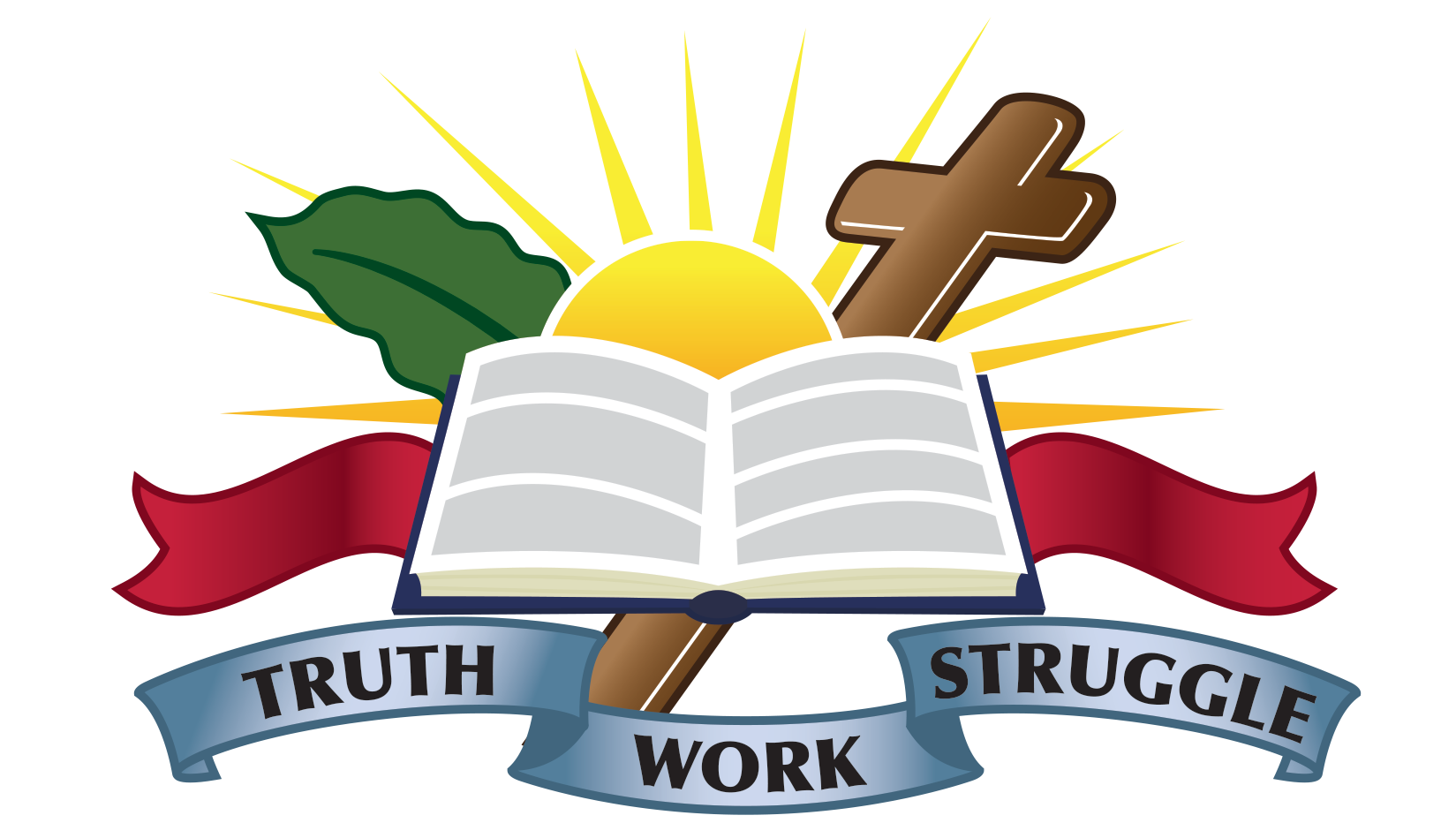At the Last Supper on the day before His crucifixion our Lord Jesus Chris celebrated the Passover meal with the Apostles. During that meal He took the bread, blessed it, broke it and gave it to His disciples, saying: “Take, eat; this is my body.” Then He took a cup [of wine], and after giving thanks He gave it to them saying, “Drink from it, all of you; for this is my blood of the covenant, which is poured out for many for the forgiveness of sins.” (Matthew 26 NRSV) After giving the Eucharist to those gathered in the Upper Room, He added: “Do this in remembrance of me.” With these acts of Jesus Himself the Eucharist was instituted and the Holy Sacrifice of the Mass became the principal act of worship in His Church.
From the Book of Acts we know that Jesus’ followers attended the temple cach day to pray, and afterwards would meet in homes to celebrate the Last Supper ritual. In time the Last Supper liturgy was added to the liturgy of the synagogue service, and what we know as “The Mass” began to take shape. Through the years various ceremonies were added to the Mass, but the essential characteristics of the Last Supper have been preserved up until the present time.
Our Holy Church has always desired to give to its faithful not only that which is old, but also that which is new, bringing new treasures of faith especially in the Liturgy of the Lord’s Supper, the Holy Mass. In the 1960’s the Church began to bring to the attention of the faithful that they are to be participants by taking an active part in the Mass. The faithful began to recite the Confiteor (general form of Confession) together with the priest, who granted absolution. In 1971 the XIII. General Synod accepted the receiving of Holy Communion at any Mass in which the Confiteor is recited by the faithful and the absolution is given. In 1972 the National Clergy Conference unanimously accepted a motion to prepare a service book for the use of the faithful on the new Eucharistic Liturgy and to introduce it into parish life. At the XVII General Synod in 1986 the Synod Body voted that the National Commission on Liturgy continue its work and present a completed revised liturgy they consider acceptable to the faithful at the next General Synod.
Participating in the Mass
You are encouraged to follow along with the Missal, located in your pew. The Missal explains what the priest is doing during the various parts of the Mass, contains the responses for the Mass, and indicates when to sit, stand, or kneel. Additionally, the missal contains an examination of conscience, the Exposition of the Blessed Sacrament, and select hymns in English and Polish.
From the Declaration of Scranton
Considering that the Holy Eucharist (Holy Mass) has always been the true central point of Catholic worship, we consider it our duty to declare that we maintain with perfect fidelity the ancient Catholic doctrine concerning the Sacrament of the Altar, by believing that we receive the Body and the Blood of our Savior Jesus Christ under the species of bread and wine. The Eucharistic celebration in the Church is neither a continual repetition nor a renewal of the expiatory sacrifice which Jesus offered once for all upon the Cross, but it is a sacrifice because it is the perpetual commemoration of the sacrifice offered upon the Cross; and it is the act by which we represent upon earth and appropriate to ourselves the one offering which Jesus Christ makes in Heaven, according to the Epistle to the Hebrews 9:11,12, for the salvation of redeemed humanity, by appearing for us in the presence of God (Hebrews 9:24). The character of the Holy Eucharist being thus understood, it is, at the same time, a sacrificial feast by means of which the faithful in receiving the Body and the Blood of our Savior enter into communion with one another (1 Corinthians 10:17).
